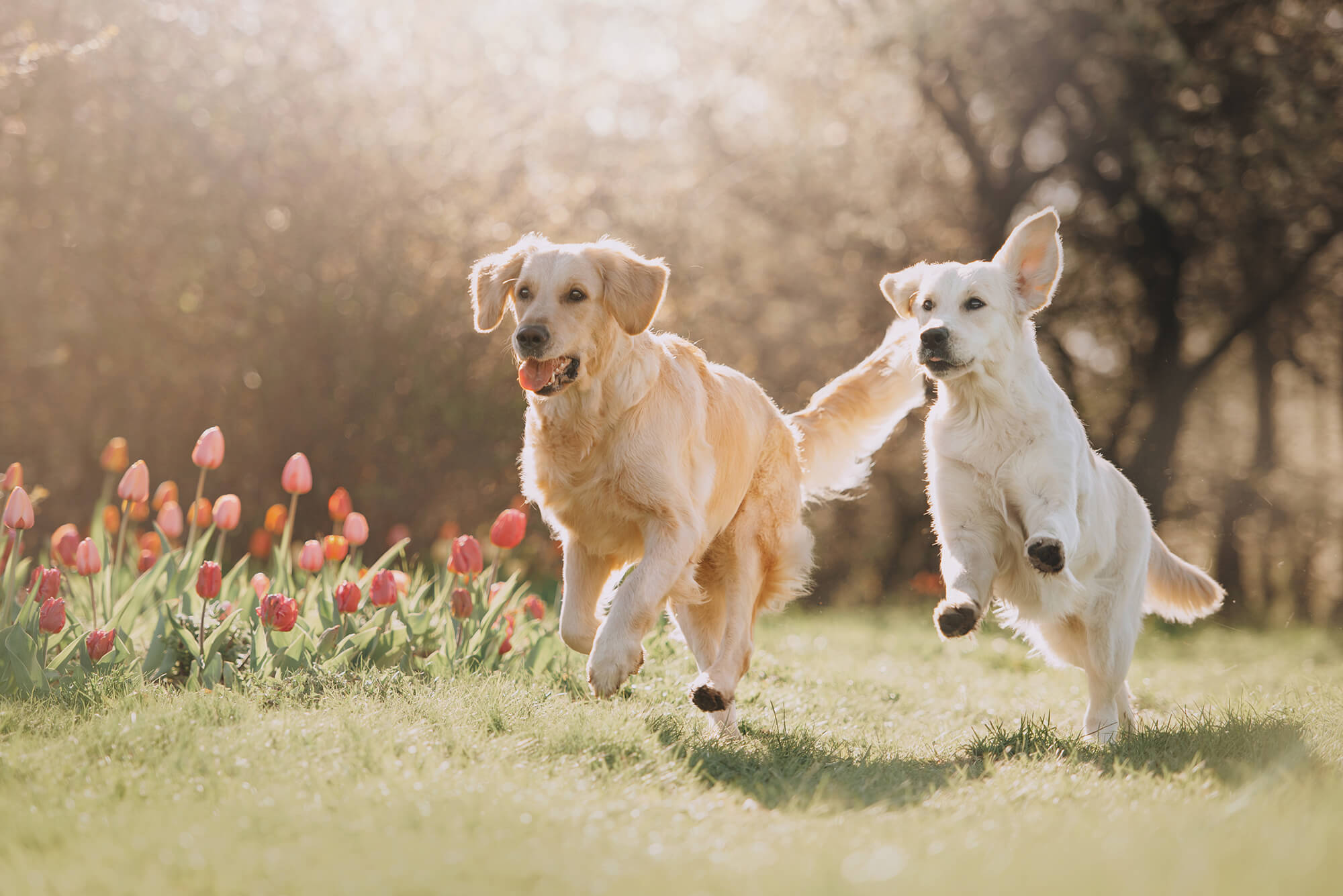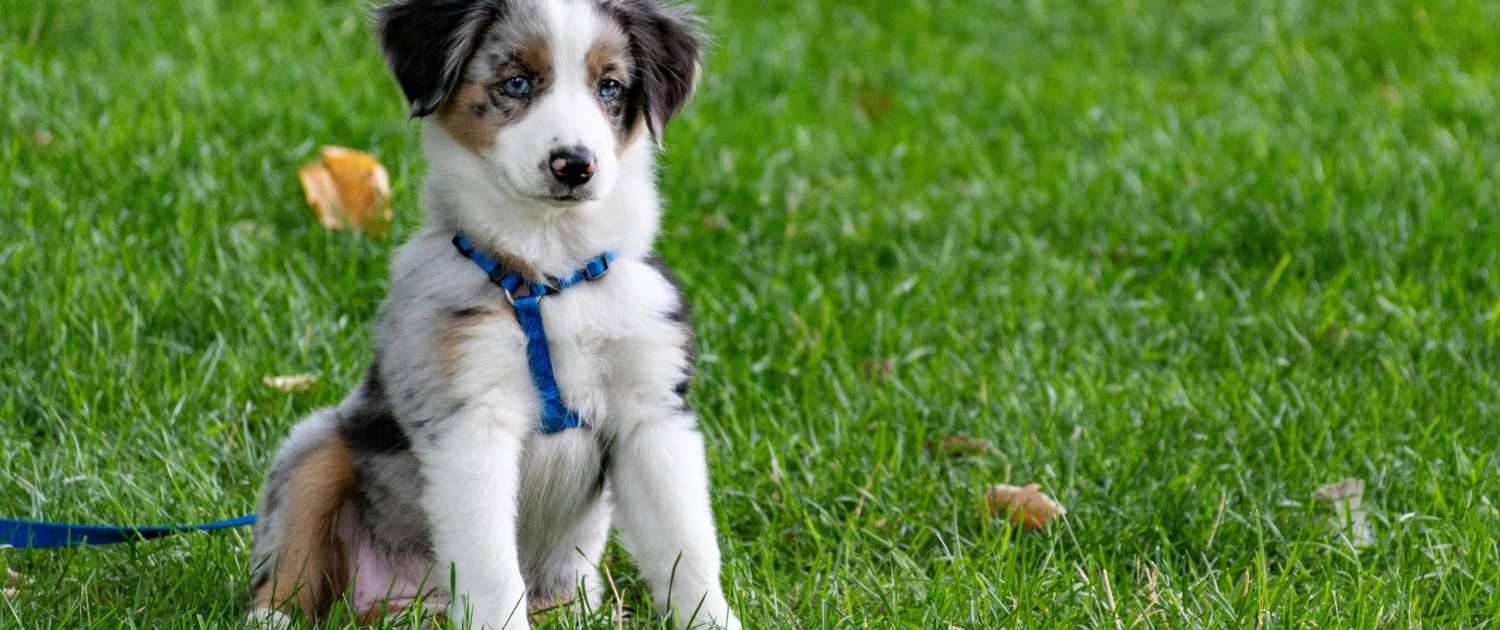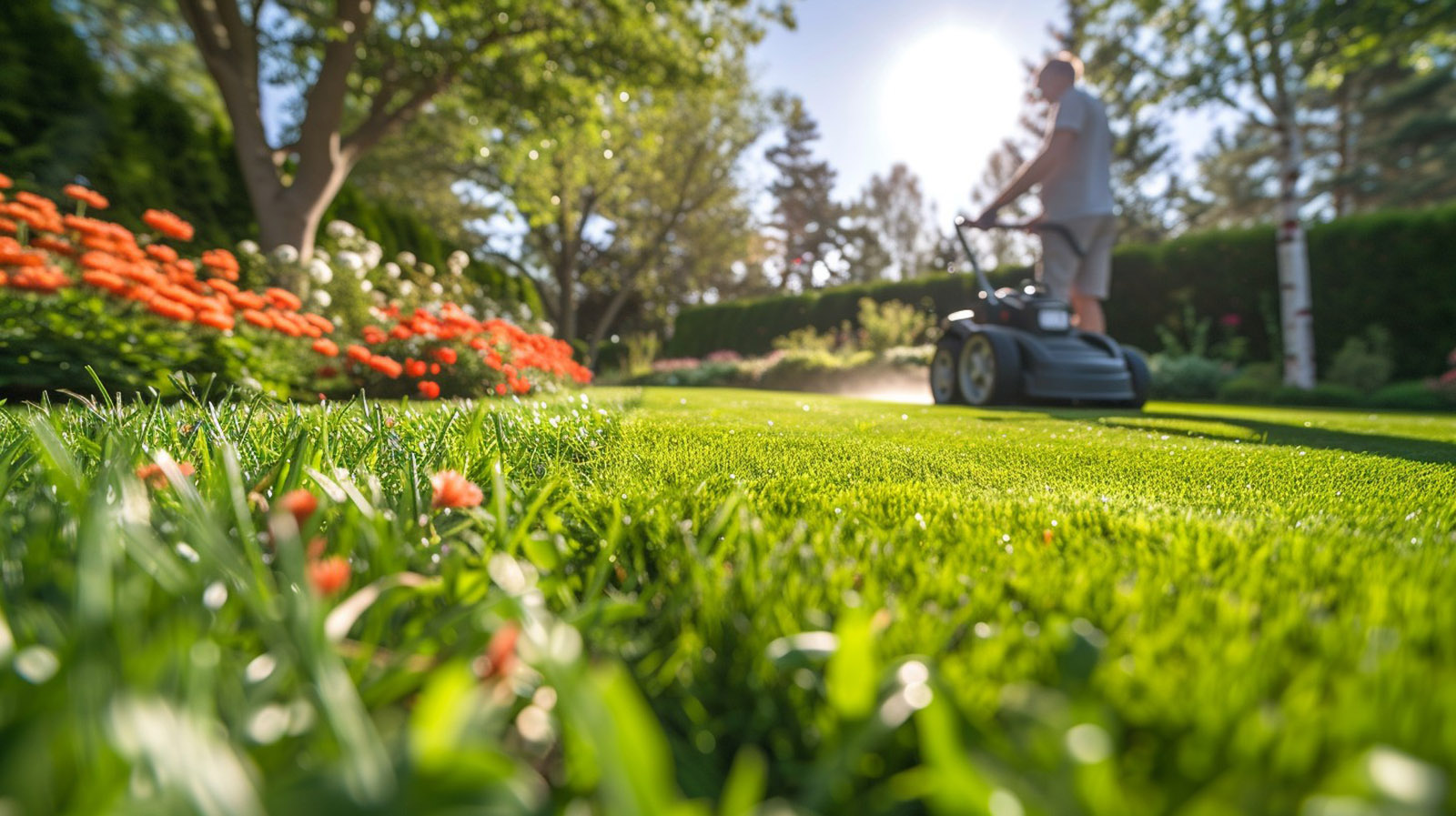
In the lush landscapes of Okanagan, the picturesque vistas of Vancouver Island, and the vibrant communities of the Lower Mainland, gardening isn’t just a hobby – it’s a way of life. But for those of us who share our homes with furry companions, creating a beautiful garden goes beyond aesthetics; it’s about ensuring a safe and enjoyable environment for our beloved pets. In this guide, we’ll explore pet-safe gardening practices and plants tailored to the unique weather and climate of these regions, allowing you to cultivate a garden that both you and your furry friends can delight in.
Pet-Safe Gardening in Okanagan, Vancouver Island, and Lower Mainland

Pet-Safe Gardening Plants and Practices to Protect Your Furry Friends
- Know Your Plants: In regions like Okanagan, Vancouver Island, and the Lower Mainland, the climate can vary significantly throughout the year. When selecting plants for your garden, opt for species that are non-toxic to pets. Popular choices include marigolds, sunflowers, and petunias, which not only add color and vibrancy to your garden but are also safe for your furry friends to sniff and explore.
- Avoid Harmful Chemicals: With lush greenery comes the need for maintenance, but it’s essential to be mindful of the products you use. Opt for pet-safe fertilizers, pesticides, and herbicides to protect your furry companions from harmful chemicals. Alternatively, explore natural alternatives such as compost or mulch to nourish your plants and promote healthy growth without posing risks to your pets.
- Create Pet-Friendly Spaces: Designate areas within your garden specifically for your pets to play and relax. Incorporate soft, pet-friendly surfaces like grass or mulch, and consider adding shade structures or trees to provide shelter from the sun. Additionally, create pathways and boundaries to guide your pets through the garden safely, minimizing the risk of trampling delicate plants or encountering hazards.
- Monitor Plant Toxicity: Despite your best efforts, accidents can happen. Familiarize yourself with common toxic plants in your region and keep them out of reach of your pets. Symptoms of plant toxicity in pets can vary, ranging from mild irritation to severe illness. If you suspect your pet has ingested a toxic plant, seek veterinary assistance immediately.

Pet-Safe Gardening Plants and Practices to Protect Your Furry Friends
In British Columbia, gardening isn’t just a pastime – it’s a passion shared by many. By implementing pet-safe gardening practices and selecting non-toxic plants, you can create a haven for both you and your furry companions to enjoy. Whether it’s lounging in the sun, exploring the foliage, or simply soaking in the sights and sounds of nature, your garden can be a source of joy and enrichment for your entire family, furry friends included. So roll up your sleeves, dig in the dirt, and let your garden bloom with life and love – the pet-safe way!

